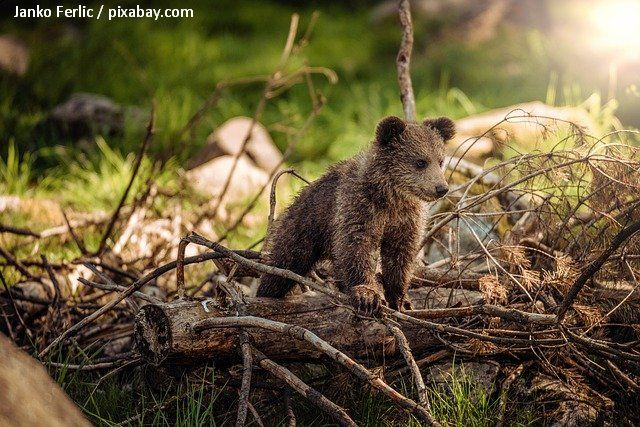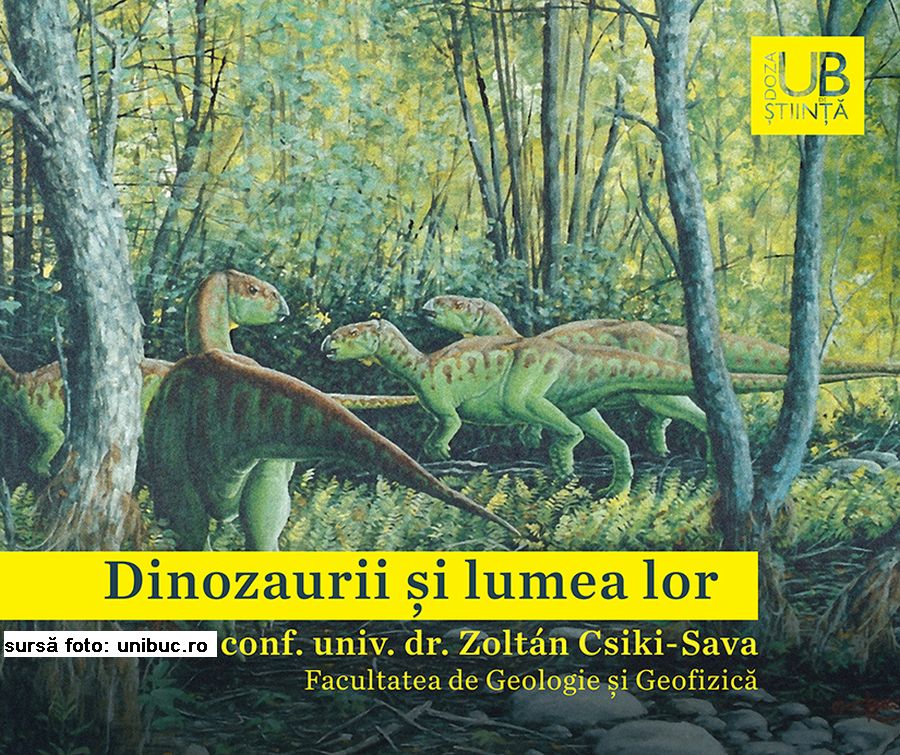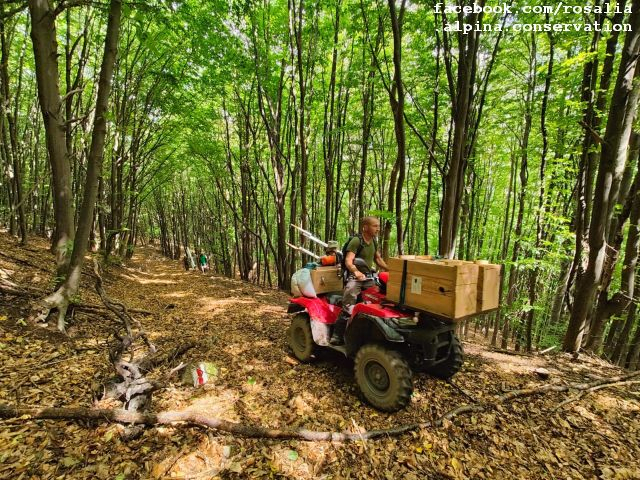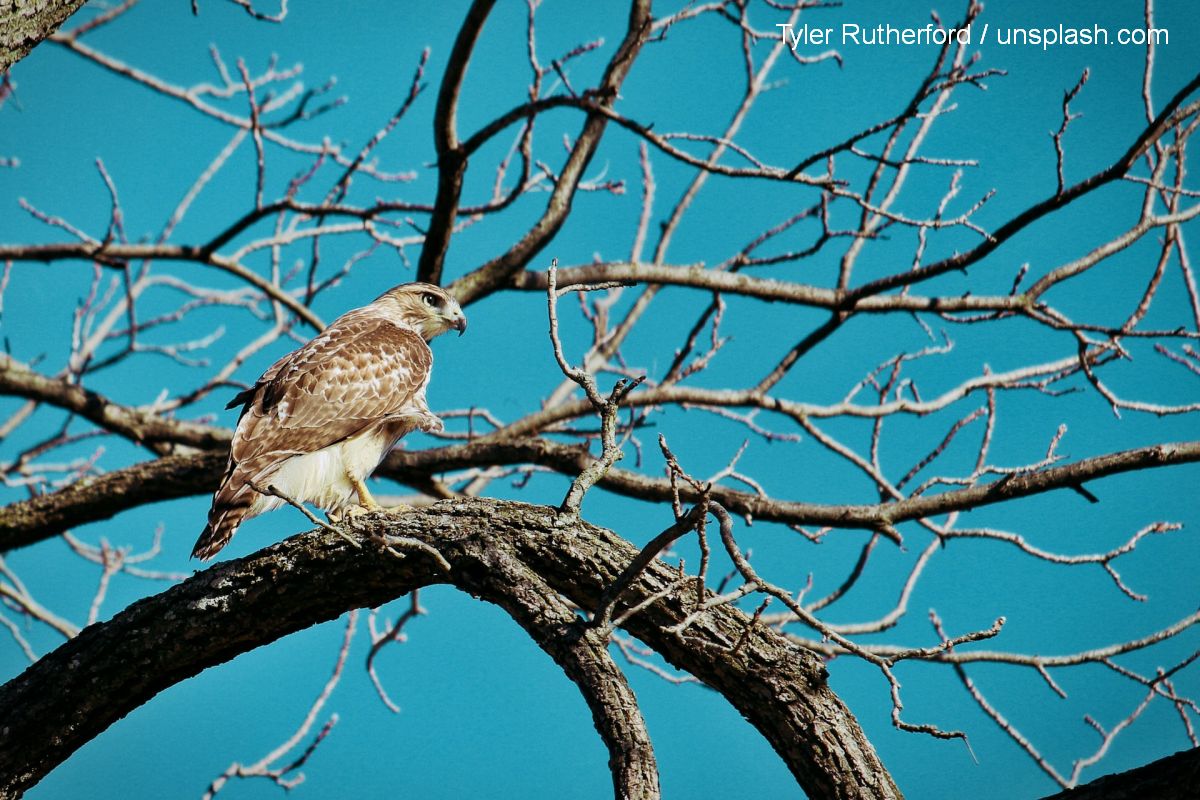Romania’s Bear Problem
In Romania, news about bears roaming inhabited areas are a daily occurrence
Warning: Trying to access array offset on null in /home/web/rri.ro/public/wp-content/themes/rri/template-parts/content.php on line 53

Warning: Trying to access array offset on null in /home/web/rri.ro/public/wp-content/themes/rri/template-parts/content.php on line 98
Eugen Coroianu,
27.04.2023, 18:29
In Romania, news about bears roaming inhabited areas are a daily occurrence. They cause damage, and once in a while attack people, sometimes resulting in death. Romania has the largest population of bears in Europe, around 8,000 strong, according to data from the first study of its kind in the last 8 years. The authorities try to solve problems by moving the intrusive beast, or, as a last resort, by hunting it. Recently, the issue has been brought up by the Minister of the Environment Barna Tanczos, at a press conference to launch the National Action Plan for Conserving the Brown Bear Population. According to him, the presence of man in the habitat of bears, and the constant increase in their numbers, putting more and more pressure on sheepfolds and crops, are the main causes for which the number of incidents went up in 2021 from other years. According to ministry data, in 2021 we had 41 incidents and 4 fatalities, compared to 2020, with 6 incidents and a single death. The minister emphasized that, as a result of legislative measures applied in Sinaia, Baile Tusnad, and other mountain resorts, they were able to relocate, without express authorization from Bucharest, without complicated procedures, the bears or families of bears that frequented those resorts. The minister pointed out that simple intervention cannot solve the issue, what is needed is prevention. Precisely to this end, WWF Romania is running an original project in the center of the country, in Baile Tusnad, which can lead to a proper and peaceful existence alongside for bears and people.
We were told about it by Cristian-Remus Papp, wild species department coordinator:
“This concept is based on the collaboration of all interested parties: we have support from the local city hall, support from local organizations, including hunting managers, but also from the tourist sector. All these contribute in their own way, no matter how small, to local bear management. It is why we formed a partnership through which we are trying to develop a Bear Smart community. This model was created in America, in areas with similar problems, and these communities simply come up with examples of best practices, with some activities to prove that man and bear can coexist peacefully. Of course, by applying certain methods, this community tries to solve the issue by keeping bears at a distance. The community does not have a negative attitude towards the animals, on the contrary, by keeping them away they make sure the area is safe, including for the tourists.
Baile Tusnad mayor Butyka Zsolt, said that bear conservation and people safety is what everyone wishes for, and for that they need sustainable solutions, resulting from the involvement and the inclusive participation of all interested parties. He said that brown bears had always been present around the town, and are even emblematic. The solution they want to implement is meant to provide safety for locals and tourists alike, along with the protection of the brown bear. The project running here aims to be a complete solution, as we were told by Cristian Papp:
“We also have additional safety gear, so that the exposed properties are secure. Here we are talking about electric fences, which are 100% harmless. Of course, they provide a zap, but this does no long term harm to the animal, it is by no means a way to kill the animals. At the same time, we are thinking of a system to warn bears when cars are approaching, because we had, at both points of entry in Baile Tusnad, collisions that killed bears. We are talking of an ecological corridor, whose purpose is to make it easier for bears to traverse the river Olt. Of course, some solutions can be implemented right away, others over some time, depending on the available budget. What we have managed so far is to purchase some equipment for the team that is already working at the local level. We also want to have a study to document the interaction between bears and people, to see why bears stay in certain areas, what attracts them there, we want to see if it is about poor food waste management, or about people feeding bears. For this we will also be using some GPS collars, which allows us satellite monitoring. We want to get two collars with video cameras, allowing us to document interactions between bears, or bears and other species, but mostly between bears and people.






























